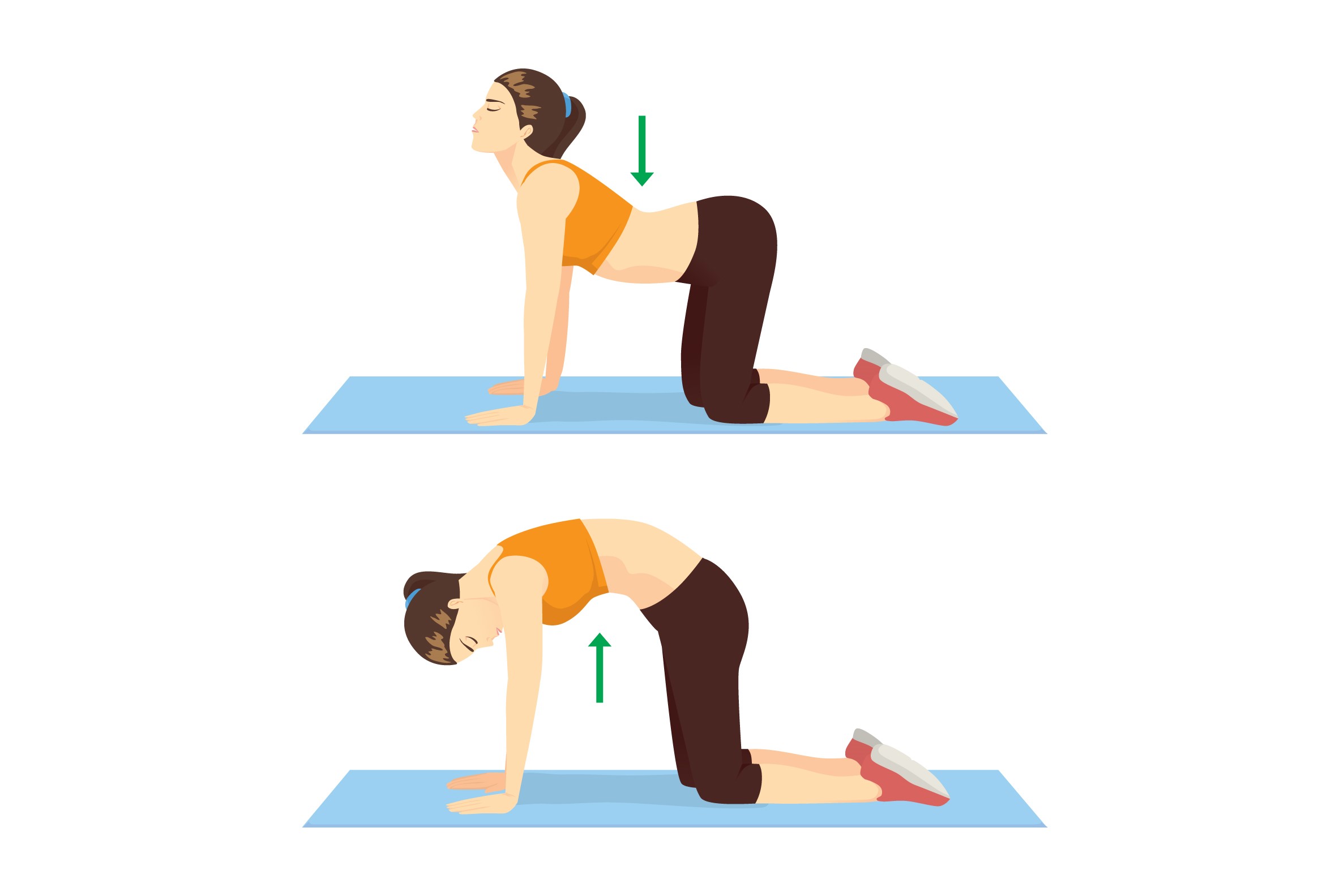Simple Yoga Stretches to Improve Digestion
Digestive issues like bloating, constipation, and indigestion are common in today’s fast-paced lifestyle. Yoga offers a natural solution, combining gentle stretches, breathing techniques, and mindfulness to support gut health and relieve discomfort. In this extensive guide, we will explore the science behind yoga for digestion, step-by-step practices, trimester-wise adaptations, nutrition advice, and interactive techniques to enhance your digestive wellness.
Understanding the Digestive System
The digestive system includes the stomach, intestines, liver, pancreas, and other organs that break down food and absorb nutrients. Poor digestion can lead to bloating, gas, irregular bowel movements, and fatigue. Yoga stimulates the digestive organs through gentle compression and expansion, improves circulation, and reduces stress—key factors in healthy digestion.
Benefits of Yoga for Digestion
- Reduces bloating and gas
- Supports regular bowel movements
- Enhances nutrient absorption
- Reduces stress-induced digestive issues
- Improves posture and core strength
- Balances hormones, supporting gut-brain health
- Boosts metabolism and energy levels
- Encourages mindful eating and lifestyle habits
Trimester-Wise Yoga Practices
First Trimester
During the first trimester, gentle movements are recommended to stimulate digestion without strain. Focus on poses that encourage abdominal massage and relieve bloating.

Cat-Cow Pose: Massages abdominal organs, promotes flexibility, and reduces tension.

Seated Side Bend: Opens the sides of the body, improving intestinal movement and circulation.

Child’s Pose: Gently compresses the abdomen, relieving bloating and gas.
Second Trimester
During the second trimester, use poses that maintain strength and support digestion without pressure on the abdomen.

Seated Spinal Twist: Stimulates digestive organs and improves blood flow.

Bound Angle Pose: Opens hips, encourages circulation, and relaxes the digestive tract.

Warrior II Pose: Strengthens legs and supports posture, indirectly aiding digestion.
Third Trimester
Focus on gentle stretches and relaxation to support digestion and relieve tension.

Wide-Legged Forward Bend: Relieves back tension and stimulates abdominal organs gently.

Squat Pose: Opens hips and encourages bowel movement while being pregnancy-safe.

Corpse Pose: Promotes relaxation, reduces stress, and supports overall digestion.
Effective Yoga Poses to Boost Digestion
| Pose | Benefit |
|---|---|
| Wind-Relieving Pose | Releases trapped gas |
| Seated Forward Bend | Stimulates digestion |
| Bridge Pose | Opens chest and stimulates abdominal organs |
| Supine Spinal Twist | Massages digestive organs and reduces constipation |
| Garland Pose | Improves bowel movement and strengthens core |
| Cat-Cow Flow | Enhances flexibility and supports peristalsis |
| Child’s Pose with Side Stretch | Gentle abdominal compression aids digestion |
| Seated Side Bend | Stimulates liver and kidney function |
| Wide-Legged Forward Bend | Supports colon health and relieves bloating |
| Supine Knee-to-Chest | Reduces lower abdominal discomfort |
Breathing Techniques to Improve Digestion
Breathing is crucial for stimulating digestive organs and reducing stress.
- Diaphragmatic Breathing: Engage your diaphragm to massage internal organs and improve digestion.
- Alternate Nostril Breathing (Nadi Shodhana): Balances nervous system and reduces stress-induced digestive issues.
- Kapalbhati: Energizing breathing technique stimulating the abdomen, improving metabolism.
- Deep Relaxation Breathing: Helps reduce cortisol, supporting gut health.
Mental Health and Digestive Wellness
Stress negatively impacts digestion. Yoga improves mental well-being, reduces anxiety, and promotes mindfulness. Daily meditation, journaling, and mindful eating can significantly improve digestive health by regulating the gut-brain connection.
- Practice 5–10 minutes of meditation daily
- Engage in mindful eating, chewing food slowly
- Keep a digestion journal tracking meals and symptoms
- Visualize healthy digestion and gut function
Nutrition Tips to Complement Yoga
- Eat high-fiber foods: fruits, vegetables, whole grains
- Stay hydrated with water and herbal teas
- Include probiotics: yogurt, kefir, kimchi
- Eat small, frequent meals
- Digestive herbs: fennel, cumin, coriander, ginger
- Avoid excessive processed and fried foods
- Consume warm meals rather than cold for optimal digestion
- Maintain consistent meal timing
Safety Tips
- Listen to your body and avoid forcing stretches
- Use props like cushions or blocks for support
- Consult a doctor if pregnant or with medical conditions
- Stay hydrated before and after yoga sessions
- Practice on an empty stomach or 2–3 hours after eating
- Warm up gently before starting poses
- Avoid poses causing abdominal strain after meals
Mindful Reminders
- Focus on breath during every pose
- Practice daily consistency over intensity
- Maintain proper posture
- Track your digestion improvements
- Be patient; yoga works cumulatively over time
- Visualize wellness and digestive balance
- Embrace a holistic lifestyle combining yoga, nutrition, and mindfulness
FAQs
Q1: How often should I practice yoga for digestion?
A: Ideally 3–5 times per week for 20–30 minutes.
Q2: Can yoga help with bloating?
A: Yes, poses like Wind-Relieving, Cat-Cow, and Twists alleviate bloating.
Q3: Is yoga safe during pregnancy?
A: Yes, with proper modifications and doctor consultation.
Q4: Can yoga replace medication?
A: Yoga complements medical treatment but does not replace it.
Q5: When is the best time to practice yoga for digestion?
A: Morning or 2–3 hours after meals for optimal results.
YouTube Video Guide
Interactive Affirmation & Breathing
Take a deep breath and say: "I nurture my body with every stretch."
Mini Breathing Exercise:
Mini Quiz
Which yoga pose is best for releasing gas?
